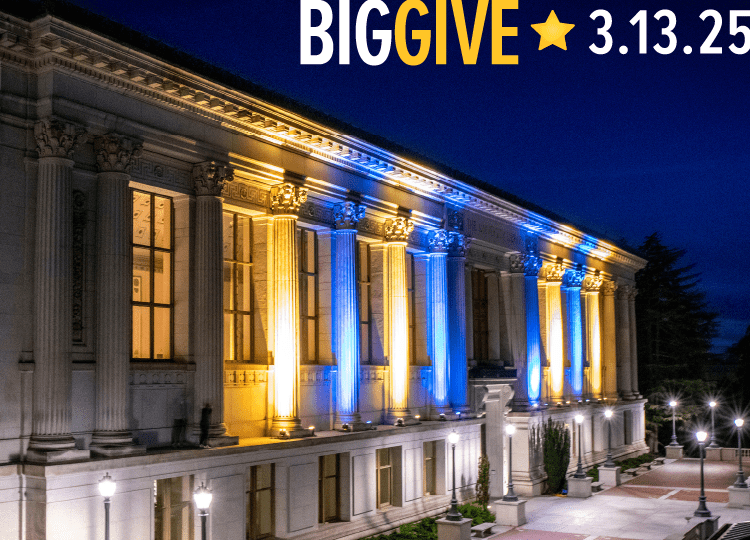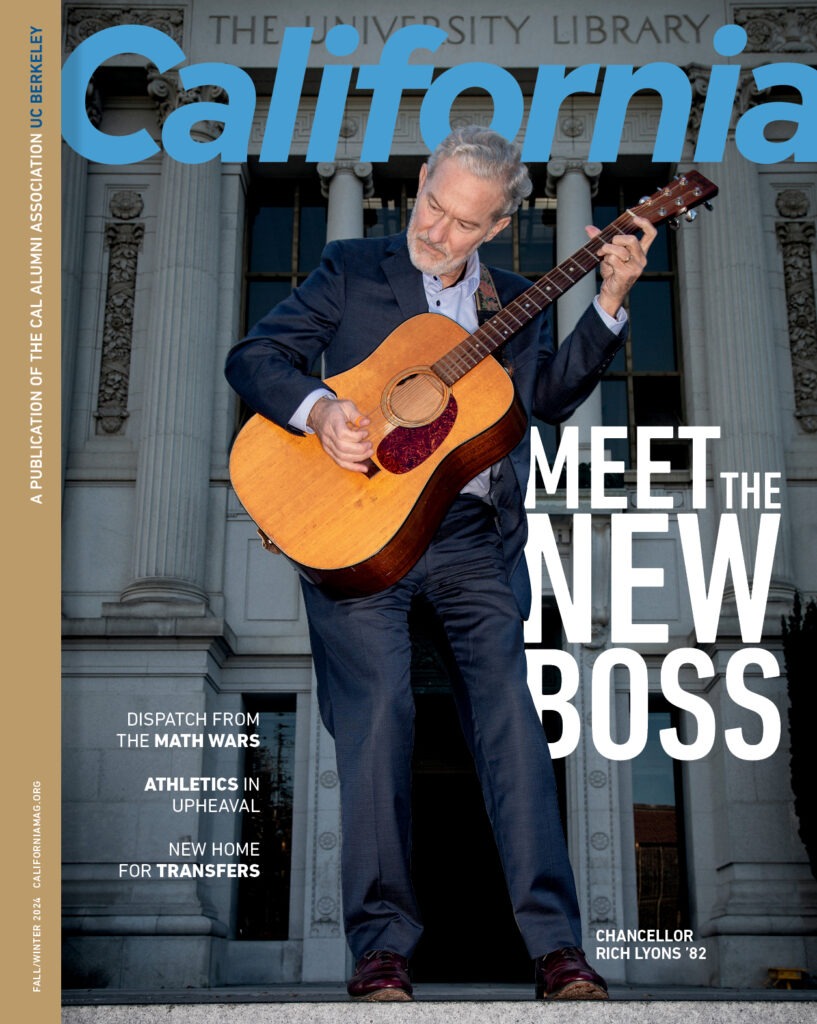This Is Why You Dream: What Your Sleeping Brain Reveals About Your Waking Life
By Rahul Jandial ’95
Humans spend roughly a third of their life asleep, and a fifth of that time is dreaming. For the average American, that adds up to six whole years in dreamland.
It’s pretty well understood that we need some good shut-eye to recharge our batteries, process new memories, and flush out waste. But what’s to account for the two hours per night that we spend concocting vivid sexual fantasies or fending off axe murderers?
In his book, brain surgeon and neuroscientist Dr. Rahul Jandial posits a simple theory: We have evolved to dream.
As he writes, dreaming is both energetically expensive and dangerous—our bodies are essentially paralyzed during REM sleep. And yet, whether we remember them or not, all of us dream. In fact, evidence of dreaming dates back nearly to the dawn of recorded human history, and surveys have shown surprising consistency in the types of dreams that people experience. As strange and psychedelic as they can be, he writes, dreams allow us to play out worst-case scenarios, test new relationship dynamics, and process complex emotions with remarkable sensory accuracy. In other words, dreaming is universal—and essential.
Jandial’s book is a fascinating compendium of the latest research into the physiology, function, and future of dreams. He explores the meaning of those ubiquitous cheating fantasies, what dreams can reveal about our mental and physical well-being, and how dreaming can enhance creativity. (Take Salvador Dalí, who devised a method of awakening himself mid-sleep to tap into his fantastically creative subconscious.) Jandial saves some of the best material for last: the science of lucid dreaming, the slippery interpretation of dreams, and the possibility of dream engineering.
Even when his theories seem to touch the realm of science fiction, Jandial’s research is grounded in a deeply human project. “Dreams are our nightly dose of wonder,” he writes. “To ponder the meaning of dreams and dreaming is to explore the meaning of life itself.”
—Leah Worthington

Interior Chinatown
Created by Charles Yu ’97
See that random guy back there on the screen? His name is Willis Wu, and he is, by his own admission, no one special. A waiter who lives and works in Chinatown. A child of Taiwanese immigrants. A background character in a crime show. One night, he sees a woman being abducted in his neighborhood. Finally, he has a chance to break out of his Generic Asian Man role and become something more.
Adapted from the 2020 novel of the same name written by Cal alum Charles Yu, the Hulu series Interior Chinatown is a metanarrative that utilizes lighting, cinematography, and music to shift from police procedural to buddy cop show to detective drama, with a healthy number of kung fu kicks thrown in for good measure. No matter the world he finds himself in, though, Willis has options. He can, at his picking, upgrade from Generic Asian Man into a number of promising roles ranging from Takeout Delivery Person to Translator to Bespectacled Tech Guy. Leonardo DiCaprio should be so lucky.
That satire, which pokes fun at Hollywood typecasting and explores Asian American identity through the lens of the TV screen, is what enables Interior Chinatown to hit its marks. But not all of them. With so much genre-bending going on, scenes are sometimes hard to follow. The show also lacks much of the emotional heft that made its source material jump off the page, which is ironic given that the novel, a National Book Award winner and New York Times bestseller, is structured as a screenplay. But Yu, a TV writer and author who spearheaded the adaptation for Hulu, always knew that translating his uniquely written story into a visual medium, let alone a series of 10 tidy, roughly 45-minute episodes, would be tricky. “I didn’t think of it as anything other than a novel,” the showrunner told Business Insider. “I actually thought it would be pretty hard to film, and it turned out it was!”
To be clear, the book and show are separate beasts with very different endings. The show is ambitious, experimental, at times confusing, yet always fun. A good watch. The book, though, is a great read. And not all fiction, either. In his novel, Yu weaves in the all-too-real history of segregation and anti-Asian racism in the United States, a history he learned about when taking an introductory Asian American Studies course at Cal. That class, he said on Berkeley Voices, “opened my eyes and introduced me to a lot of things for the first time.” The truth at the heart of his satire.
—Esther Oh
Q&A
By Adrian Tomine ’96
This is a slim volume for a niche audience: aspiring cartoonists and comics fans who are intensely curious about the craft. For that, Berkeley alum Adrian Tomine, creator of the comic book series Optic Nerve, not to mention screenwriter and illustrator of popular New Yorker covers, is an able guide. As the title suggests, Q&A adopts an interview format with Tomine fielding questions sent to him by readers. These range from what pens he uses to ink his sketches to whether he’s ever had a “real” job and what advice he would give to wannabe cartoonists, illustrators, and screenwriters. His answers are invariably modest and self-effacing, and also gracious. As he writes in the intro, he’s enormously grateful for the human connection that letters from readers have afforded him across the years spent alone in his study, bent over the drafting table. “When I’m honest with myself, it was the reason I started all this in the first place.”
—Pat Joseph

Notes to John
By Joan Didion ’56
Joan Didion, who died in 2021, has a new book out, the first since her death. The material is taken from her archives, which together with husband and collaborator John Dunne’s papers, are now open to the public at the New York Public Library. To be specific, the book is drawn from a collection of chronological notes, addressed to Dunne, that Didion made after each in a series of psychotherapy sessions beginning in 1999, when she was 65. Whether she wanted these notes published is an open question. And a moot one. Here they are.
Didion fans will find them revealing. While the voice is unmistakably hers, the journals have little of the cool detachment that so defined the Didion literary persona. Here the author is not so much crafting a narrative as simply reckoning with personal matters including motherhood and guilt, anxiety and depression, money and meaning. The notes were typed up when the advice of her psychiatrist, Roger MacKinnon, was still fresh in her mind, and his psychoanalytic insights are the glue that binds them together. “You know what this entire session has been about, don’t you?” he asks at one point. No, said Didion.
“It’s about being forced to sum up. Looking at your life. Asking yourself if you’ve truly lived it. Asking yourself what you’ve really got to leave behind. This is something everybody has to face. It’s hard to face. But if you face it now, and make whatever changes you need to make, you’re going to have a shot at dying peaceful.”
—P.J.

How to Break Up with Your Phone, Revised Edition
By Catherine Price, M.J. ’06
Early on in How to Break Up with Your Phone, author and journalist Catherine Price asks readers to take a modified version of the Smartphone Compulsion Test. Score 5 or above, and it is likely that you use your device in problematic ways. And good luck scoring lower than that. “I mean, come on,” Price writes. “The only way to score below a 5 on this test is to not have a smartphone.”
The one that’s likely sitting within arm’s length of you right now was purposely designed to hijack your dopamine system and turn you into a repeat “user.” Our devices, she writes, hook us like slot machines. No wonder, then, that the typical American checks their phone 144 times a day. Or that, on average, we spend four and a half hours a day on our phones—more than a quarter of our waking life.
If this freaks you out, that was Price’s intention. What follows is the 30-day plan she designed to help you do something about it. Every day over four weeks, Price guides you through simple exercises, like reflecting on when and why you use your phone. At the end of the digital detox, you take a 24-hour trial separation from your phone, what she calls a Digital Sabbath. But rest assured: Her plan isn’t digital abstinence. She just wants your phone to go “from being your boss to working for you.”
Since it was first published seven years ago, How to Break Up with Your Phone has sold more than 150,000 copies and is now available in more than 35 countries. But “technology itself has also changed a lot since 2018,” she explained in her newsletter, “and so I was thrilled to have the opportunity to fully revise and update the original.” For this new edition, she decided to stick with the same title, even though, as she acknowledges, a more accurate one circa 2025 might be How to Break Up with Your Wireless Mobile Device. After all, she writes, “it won’t be long before smartphones are supplanted by a new technology.”
How to Break Up with Your AI Companion, coming soon to an e-reader near you.
—E.O.

Routed West: Twentieth-Century African American Quilts in California
Berkeley Art Museum and Pacific Film Archive
During the Second Great Migration, from 1940 to 1970, millions of African Americans packed quilts among their belongings as they left the Jim Crow South in search of a better life in the West. These were cultural heirlooms as well as functional objects, imbued with memories of the homes they left behind. Once settled in states like California, migrants revived their ancestral tradition of quilt making, expanding a Southern art form into their new communities.
Now, BAMPFA visitors can experience a walking tour through more than 100 of these colorful textiles by some 80 artists. The museum’s newest exhibition, Routed West, is the first major survey from what is believed to be the world’s largest collection of African-American quilts. The exhibition draws exclusively from works donated by the late Eli Leon of Oakland, a collector and self-taught quilt scholar who was especially drawn to the work of African-American women in the Bay Area. It was only after his passing in 2018 that BAMPFA learned he had left his entire collection to the museum—a gift that now accounts for nearly one-fifth of BAMPFA’s total art holdings.
In April, the federal government terminated two grants that supported the onservation of the quilts as well as the exhibit itself, stating that the work “no longer serves the interest of the United States.” The loss in funding exceeds $260,000, according to BAMPFA.
Routed West will be on view through November 30.
—Nathalia Alcantara



















